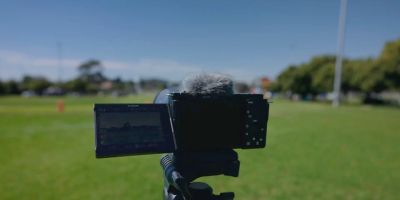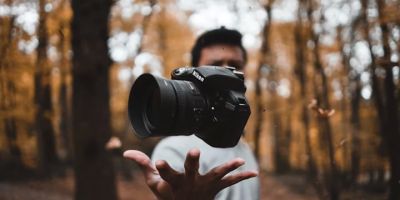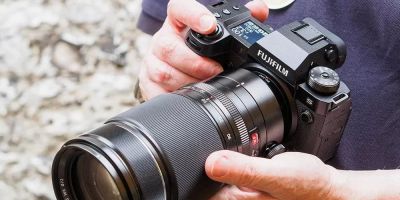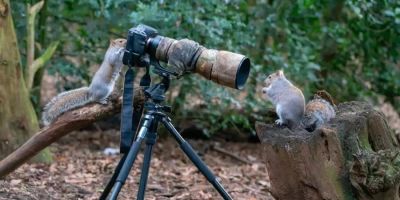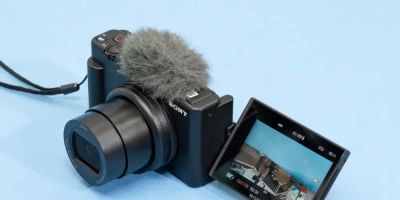How to Photograph in Low Light Conditions: Essential Tips for Stunning Photos
As a photographer, there’s one challenge I’ve faced repeatedly—capturing great photos in low light. Whether it’s shooting indoors, during the evening, or at concerts, low light conditions can make photography tricky. But with the right knowledge and technique, you can produce beautiful, sharp images even in dim environments. In this article, I’ll share what I’ve learned about photographing in low light, as well as some personal tips and tricks that have helped me master this art.
1. Understand the Importance of Your Camera Settings
When it comes to low light photography, understanding your camera settings is crucial. Unlike regular daylight shooting, where the light is abundant, low light demands more from your camera's capabilities. Here’s a breakdown of the settings that play a huge role:
- ISO: Increasing the ISO is one of the first things I do when shooting in low light. A higher ISO allows the camera to be more sensitive to light, which means it can capture better images in dim conditions. However, keep in mind that the higher the ISO, the more noise (graininess) you might introduce. Finding the right balance is key.
- Shutter Speed: A slower shutter speed allows more light to hit the camera sensor, which is essential for dark environments. However, you’ll need to be careful not to make it too slow, or you might end up with motion blur, especially if you’re photographing people or moving objects.
- Aperture (f-stop): A wide aperture (like f/1.8 or f/2.8) is perfect for low light photography. It allows more light into the lens, helping brighten the image. If you’re using a lens with a larger aperture, you can take sharp, well-exposed photos even with less light.
2. Stabilize Your Camera to Avoid Blurry Shots
One of the biggest issues I face in low light photography is camera shake. When you’re shooting at slower shutter speeds, your hands can introduce blur into the photos. To combat this, I use a tripod whenever possible. A tripod keeps your camera steady, ensuring that the photo stays sharp, even at slower shutter speeds.
If a tripod isn’t available, you can use other stabilization methods, such as leaning against a wall or a sturdy surface. You can also hold your breath to steady your hand while taking the shot. Another technique is using the self-timer or a remote shutter release, which can minimize the chance of camera shake caused by pressing the shutter button.
3. Utilize Your Camera’s Autofocus Features
In low light, focusing can be a challenge. I’ve often found myself struggling to get a clear focus on a subject in dim settings. Thankfully, most modern cameras come with autofocus systems designed to work in low light. If your camera has an autofocus assist light, use it to help your camera focus more easily. Some cameras also have an infrared or LED light that can assist with focusing in dark environments.
If your camera is struggling to focus, consider switching to manual focus. In really low light, this can be more accurate and give you full control over where the focus is placed. Don’t be afraid to experiment with manual focusing to get the sharpest possible shot.
4. Shoot in RAW for Better Post-Processing Control
When shooting in low light, I always shoot in RAW format. RAW files contain much more image data than JPEGs, which gives me greater flexibility in post-processing. With RAW, I can adjust exposure, white balance, and sharpness without losing image quality.
For example, if the exposure is slightly underexposed, I can brighten it in post-processing without introducing too much noise. RAW allows you to recover details from shadows, which is especially useful when photographing in low light conditions where some parts of the image might appear too dark.
5. Use External Lighting or a Flash
While using natural light is always ideal, sometimes it just isn’t enough. In those cases, I’ll use an external flash or additional lighting to brighten up the scene. A flash can work wonders, but there are a few things to keep in mind:
- Avoid direct flash: Direct flash can result in harsh, unflattering light. Instead, I bounce the flash off the ceiling or a wall to create softer, more flattering light.
- Use an off-camera flash: For more control over the lighting, I use off-camera flash setups. This allows me to direct the light exactly where I want it, creating more dynamic and interesting photos.
- Consider constant lighting: For more creative control, consider using LED panels or ring lights. These lights provide a constant source of light, which can be helpful for both portraits and still life shots.
6. Experiment with Long Exposure for Creative Effects
Long exposure photography can be incredibly fun and rewarding, especially in low light conditions. By using longer shutter speeds, I’m able to capture movement in a unique way, such as light trails or the flow of water. For instance, during the evening, I love photographing cityscapes and capturing the movement of cars as streaks of light.
Long exposure allows you to show the passage of time, which adds a creative element to your images. You’ll need a tripod and a remote shutter release to avoid any camera shake. Experimenting with long exposures can lead to some amazing results, but it requires patience and practice.
7. Consider Your White Balance Settings
In low light, your photos might have an unnatural color tone. This can happen because artificial lighting (like streetlights or indoor lighting) often has a color cast that can make your photos look too yellow or too blue. Adjusting the white balance on your camera is essential for getting accurate colors in your low light photos.
Many cameras have preset white balance settings for common lighting conditions like tungsten or fluorescent. If you’re shooting in a setting with mixed lighting, it’s best to shoot in manual white balance and adjust it to match the scene’s lighting conditions.
8. Be Patient and Experiment
One of the most important lessons I’ve learned is to be patient. Low light photography can take time to master, and not every shot will come out perfect the first time. I often take multiple shots with different settings until I get the desired result. It’s about trial and error—experiment with different ISO settings, shutter speeds, and apertures to find what works best for your situation.
Low light photography also presents opportunities for creative experimentation. You may find that your low light shots turn out to have a unique mood or atmosphere. Embrace this, and use it to your advantage to capture stunning, artistic images.
Photographing in low light can be challenging, but it’s also incredibly rewarding. With the right equipment, techniques, and a bit of practice, you can capture beautiful, sharp, and creative images, no matter how dim the surroundings. Remember to adjust your settings, stabilize your camera, and embrace the creative possibilities that low light offers. So, grab your camera, and start experimenting today!
For more photography tips and expert advice, be sure to check out our website, [Photo Studio], where you can find the best services and resources for your photography needs.

